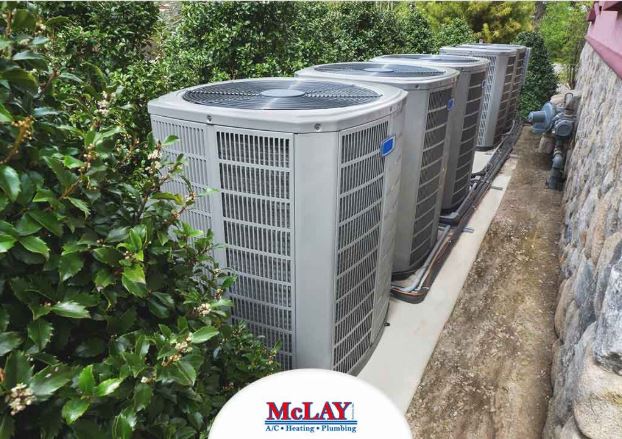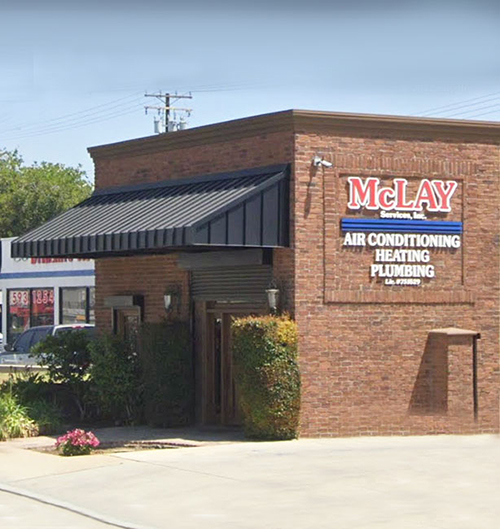Just as understanding how your water heater functions can help you find ways to keep it running efficiently and problem-free, knowing how a variable-speed HVAC works and how it compares to the speed of other HVAC systems can help you prevent issues with your equipment. Depending on your home’s load capacity and needs, choosing the right speed for your heating and cooling has a big impact on maintaining efficiency and performance.
As one of the leading HVAC specialists in the area, our professionals at McLay have provided a brief overview of variable-speed HVAC units, their many advantages and the similarities they share with other systems.
HVAC Speeds
Unlike water heater devices, most heating and air conditioning equipment functions using a compressor. The types of compressors are divided into three main categories according to speed: single-stage, two-stage and variable-speed systems.
Single- and Two-Stage HVAC
Single-stage heating and AC systems have just two settings: on and off. When you start up this HVAC unit, it will either give you all or nothing; there’s no in-between. For most homes this is enough, but bigger homes may not benefit much from a system that operates only on the highest setting or not at all.
Two-stage HVAC, on the other hand, has a middle setting that provides you with additional control over how much effort your system will put into heating and cooling your home. This middle button is rarely used, however, except during those days when the weather is unusually hot or cold.
Variable-Speed HVAC
This type of HVAC speed offers the best control options by far, giving you the ability to set thermostat temperature levels one degree at a time. This ability, when paired with a programmable thermostat that can automatically activate or turn off the system, can provide your home with plenty of savings.
Ask Our Experts About Our Variable-Speed HVAC Options
Get high-efficiency products from McLay, your number one trusted provider of plumbing, heating and air conditioning systems and services. Give us a call at (909) 326-6106 or fill out our online contact form to schedule a service visit today. You may also get a free estimate for new installations.



